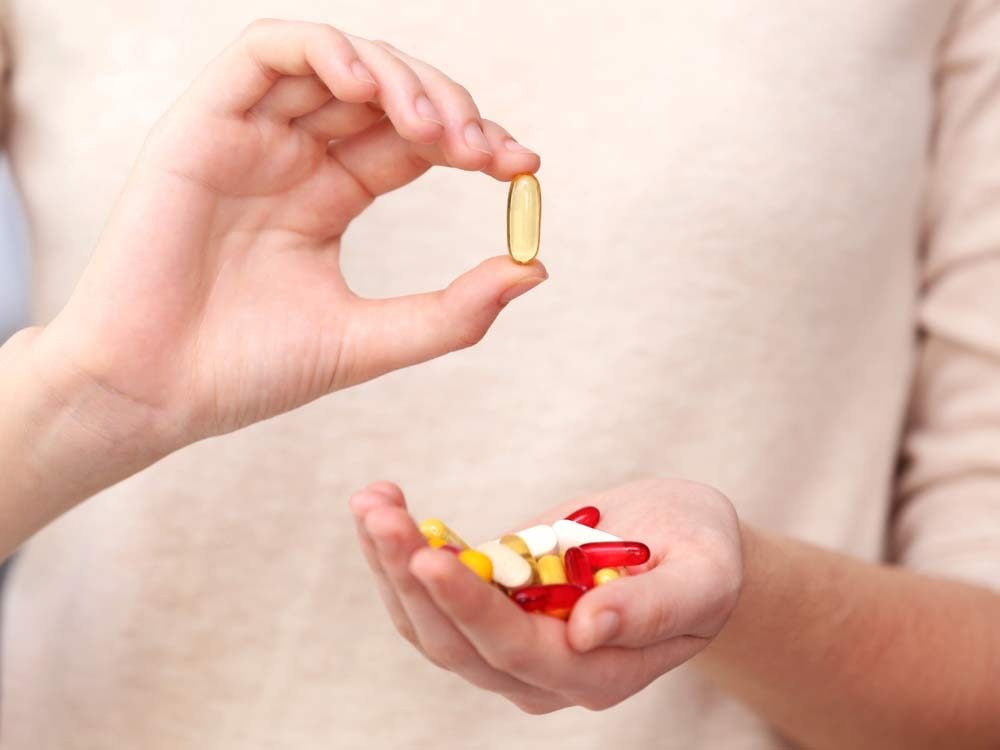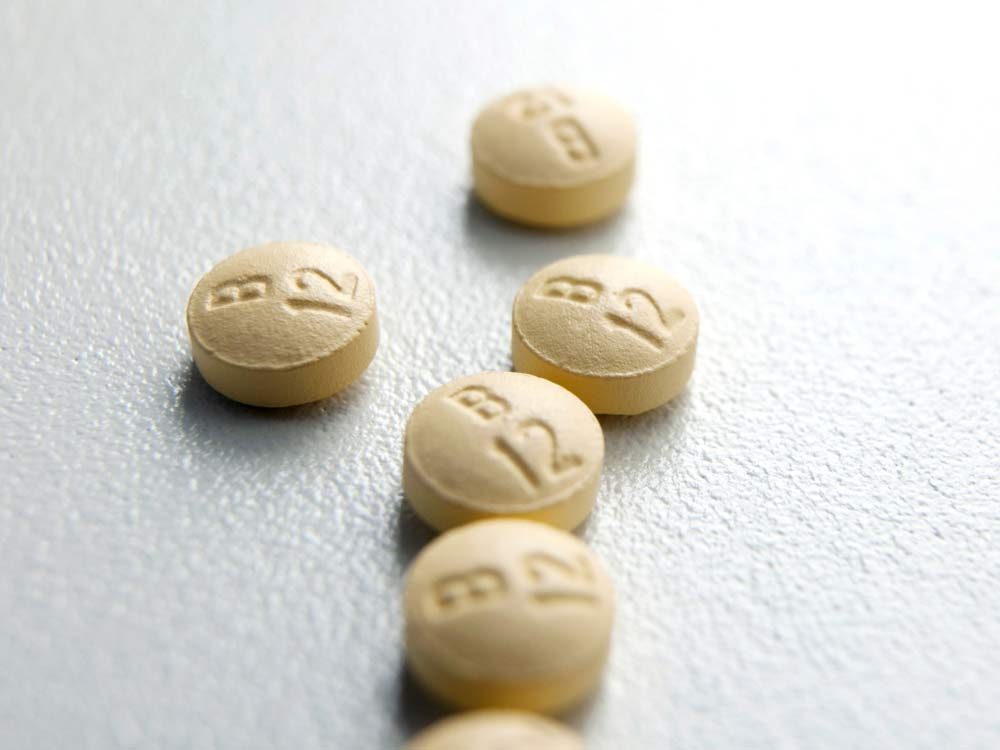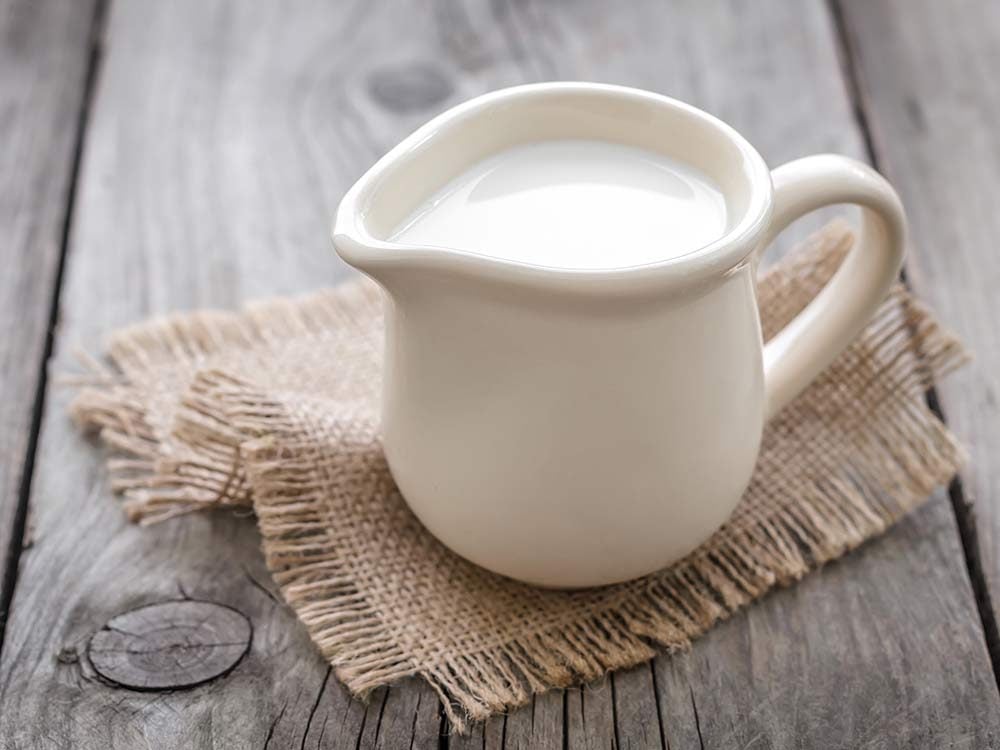
Who Gets Vitamin and Mineral Deficiencies?
Vitamin check! It might seem surprising that people who have access to an abundant food supply can suffer from a lack of essential nutrients. However, certain factors put us at greater risk for a deficiency. “As people age, diets aren’t always balanced, or people eliminate food groups because they can’t tolerate them,” says Dr. Shanthi Johnson, a professor of kinesiology at the University of Regina and a registered dietitian.
Those suffering from conditions like Crohn’s disease and cystic fibrosis can have trouble getting enough nutrients. These diseases affect the small intestine, where absorption occurs, or the pancreas, which produces enzymes to digest food. In younger people, trendy diets or convenience foods can interfere with healthy eating. “The more we compromise on food groups, the higher the chances of becoming deficient in certain minerals,” Johnson says.
Recommended daily intakes vary depending on the country or expert. (Here, we’re drawing on Health Canada’s recommended daily allowances, or RDAs.) But it’s believed that more than two billion people around the world don’t get enough of at least one essential nutrient. Here are five vitamin and mineral deficiencies to watch for.
Here are 6 Questions You Have About Biotin Supplements—Answered!

Are you getting enough iron?
Canada’s RDA: 8 milligrams for men up to age 70 and women over age 50; 18 milligrams for premenopausal women.
Iron has multiple uses in our bodies. It’s needed to produce hemoglobin, the protein in red blood cells that helps the blood carry oxygen. People who are low in iron may develop a type of anemia, which means there aren’t enough healthy red cells in the blood, and may feel weak, dizzy and tired. If you’re a woman in your mid-40s, it may be a good idea to pay close attention to your iron levels. “Iron is a more common deficiency among premenopausal women who lose blood regularly,” says Johnson.
How to boost your iron intake
Iron-rich foods include:
- meat (which contains between one-half and three grams of the mineral per serving)
- beans (between two and five grams)
- dark-green, leafy vegetables such as spinach (between two and three grams)
Plant-based iron is harder to absorb than meat sources, which is why vegetarians can run into trouble. If you’re a non-meat eater, you should aim for almost twice the recommended daily intake. You can boost iron absorption by adding citrus or other vitamin C-rich foods to your meal. Red wine, coffee, tea and high calcium all interfere with absorption if taken at the same time as iron.
Supplementation can compensate for dietary shortcomings, although infusions (delivered through an IV line) may be used if iron is severely low or pills aren’t effective or well tolerated. Some people find that supplements can cause nausea or constipation. Try taking yours with meals, dividing the dose through the day or experimenting with different types or formulas, as it’s very individual.

Are you getting enough vitamin D?
Canada’s RDA: 600 International Units for adults under 70; 800 International Units after age 70.
Vitamin D is essential for the function of muscles, nerves and the immune system. “Every tissue in the body has receptors for vitamin D,” says Dr. Linda Rapson, medical director of the Rapson Pain and Acupuncture Clinic in Toronto. These receptors control hundreds of different genes and processes in the body, so it’s easy to see why a deficiency can cause health problems. Severely low levels can lead to thinning bones or rickets.
Insufficient vitamin D is also linked to heart disease, muscle weakness, chronic pain and even dementia.
It can be challenging to get sufficient vitamin D. Although a compound in our bodies can produce the vitamin when our bare skin is exposed to UVB rays from the sun, we’re often indoors, living too far north, wearing sunscreen to prevent cancer or covered up with clothing. Obese people are also at higher risk of a deficiency (the fat-soluble vitamin becomes locked away in tissues). So are those over 65 (our skin is less able to produce vitamin D with age) and individuals with darker skin (pigmentation interferes with UVB absorption). Many common prescription drugs, including some corticosteroids and seizure medications, can interfere with how we process vitamin D.
How to boost your vitamin D intake
It’s hard to find the nutrient in foods, unless they’ve been fortified (such as dairy in Canada, Finland and Sweden, as well as other countries).
Fortunately, supplements are inexpensive. But, Rapson advises, avoid taking D on an empty stomach. “It’s fat-soluble, so it’s absorbed well if you take it with food.”

Are you getting enough vitamin B12?
Canada’s RDA: 2.4 micrograms for adults under 70 (with the exception of pregnant and lactating women, who should be getting 2.6 and 2.8 micrograms, respectively).
Brain function is one of the major processes that relies on vitamin B12, explains Linda Rapson. “For people who are older, getting enough is absolutely essential.”
Unfortunately, as we age, we’re less able to absorb this nutrient, which means seniors are more likely to develop a deficiency. So are vegans, since vitamin B12 is only available in animal products such as eggs, dairy and meat. Medications that reduce stomach acid, such as famotidine (Pepsid) and omeprazole (Olex), can also interfere with B12 absorption.
Our bodies rely on B12 to produce enough red blood cells, so people low in this vitamin can develop a type of anemia. As well, they may have trouble with coordination or concentration and notice tingling or numbness in their extremities—nerves are another part of the body that can’t function properly without B12.
How to boost your vitamin B12 intake
If symptoms are severe, a doctor may recommend injections. But in most cases, supplements will treat a shortfall—Linda Rapson recommends tablets that dissolve and are immediately absorbed under the tongue, noting that the nutrient travels more directly into the bloodstream with this formulation.
Eat these foods to protect brain cells, improve your memory and even reduce your odds of developing Alzheimer’s disease.

Are you getting enough folate?
Canada’s RDA: 400 micrograms for adults under 70 (with the exception of pregnant and lactating women, who should be getting 600 and 500 micrograms, respectively)
One of folate’s main functions is to help in cell division, which means our immune system and red blood cells rely on getting enough. In addition, it’s important for preventing birth defects. Several studies suggest this nutrient, which is also called vitamin B9, can protect against colon, breast and other cancers, perhaps because of its role in making DNA.
If you’re not getting enough folate, you might feel tired and weak. This deficiency can also cause certain cells to become abnormally large—you might experience anemia and weight loss. Expanding cells in your mucous membranes, meanwhile, can cause a sore tongue.
How to boost your folate intake
Fortified food (with folic acid, a stable form of folate) is a foolproof way for most of us to ensure we’re getting enough. Of course, deficiency in Canada has been greatly reduced since this country began fortifying white flour. “That doesn’t mean there aren’t certain groups that are at risk,” says Dr. Amanda MacFarlane, an Ottawa-based research scientist in Health Canada’s micronutrient section.
Alcoholics with liver damage often absorb folate poorly. Meanwhile, because folic acid plays an important role in fetal development, pregnant women require more folic acid than what they typically get from their diets. As well, since people with celiac disease can’t consume fortified white flour, Consequently, MacFarlane suggests they—and others with similar sensitivities—consider taking a supplement.

Are you getting enough calcium?
Canada’s RDA: 1,000 milligrams for men under 70; 1,200 milligrams for women under 70.
“When people get older, they start losing bone mass,” says Weiler. “It’s a small percentage, but that decrease is meaningful in terms of functionality and strength.” Calcium is essential for bone health and a deficiency increases the risk of osteoporosis and broken bones.
Calcium is abundant in dairy products. It’s frequently added to dairy alternatives. It’s also in other foods. However, many of us don’t take in enough of the stuff from our diets. After age 50, we should aim for the equivalent of three dairy products a day. Over half of people aged 51 to 70—and eight in 10 people over 70—don’t consume adequate amounts.
How to boost your calcium intake
Non-dairy sources roughly equivalent to a glass of milk include:
- three-quarters of a cup of tofu (which contains 300 to 525 milligrams of calcium)
- half a tin of pink salmon with bones (260–318 milligrams)
- one serving of calcium-enriched rice or nut milk (312 milligrams)
Another option: up your calcium intake by taking vitamin D. The two nutrients work more efficiently when you consume them together.
If you’re concerned about your calcium intake or are diagnosed with osteoporosis, talk to your doctor about options. “There are medications to slow the loss of bone and in some cases add a bit of bone,” says Weiler. “A physician will determine the right treatment.”